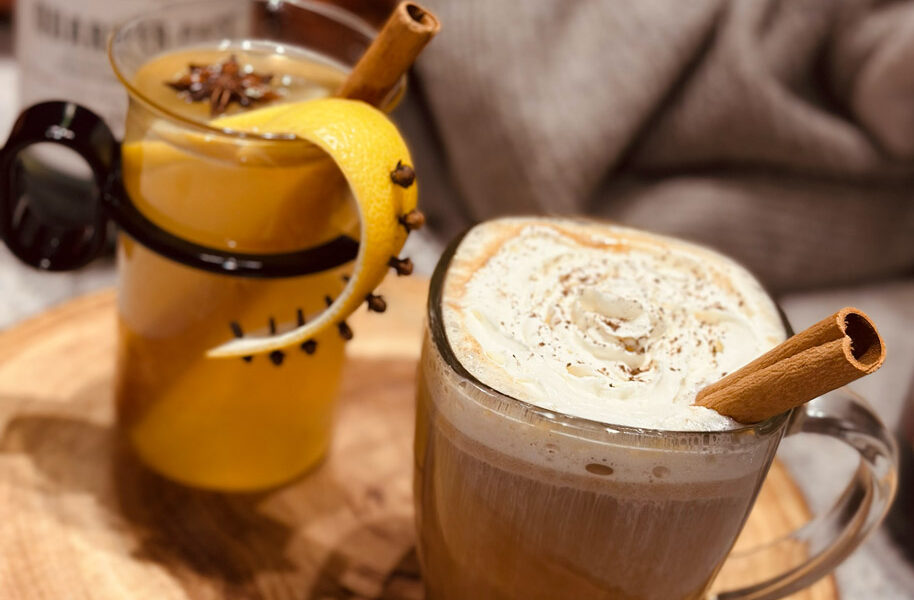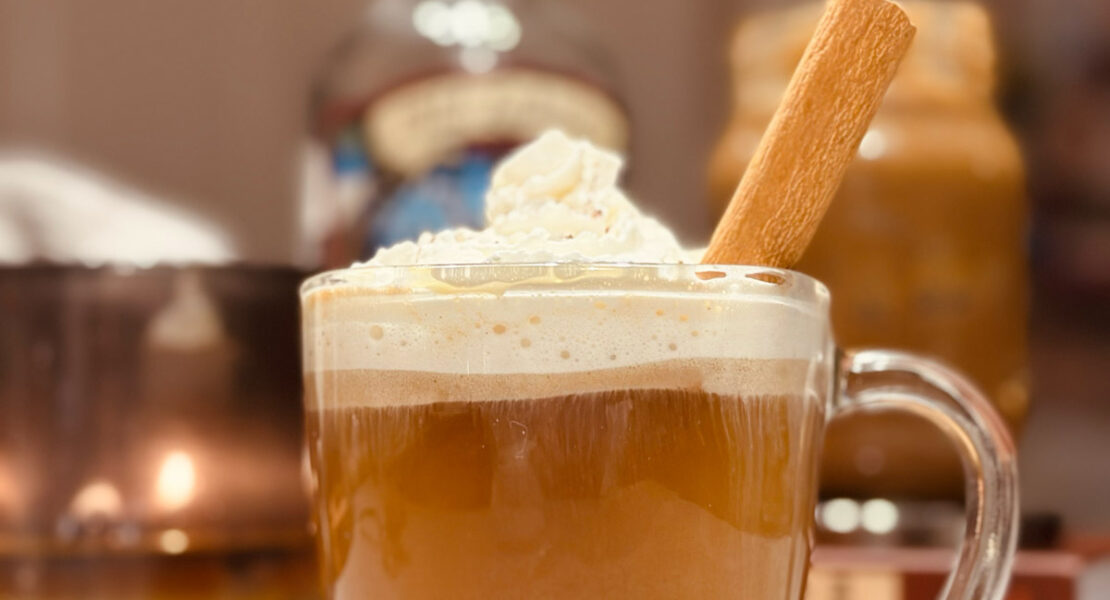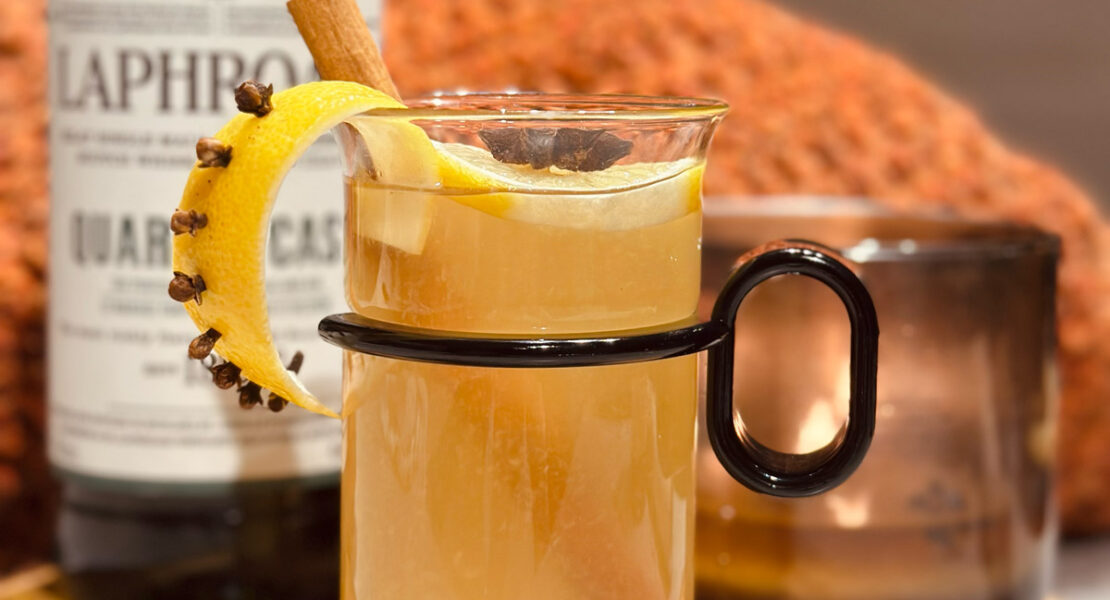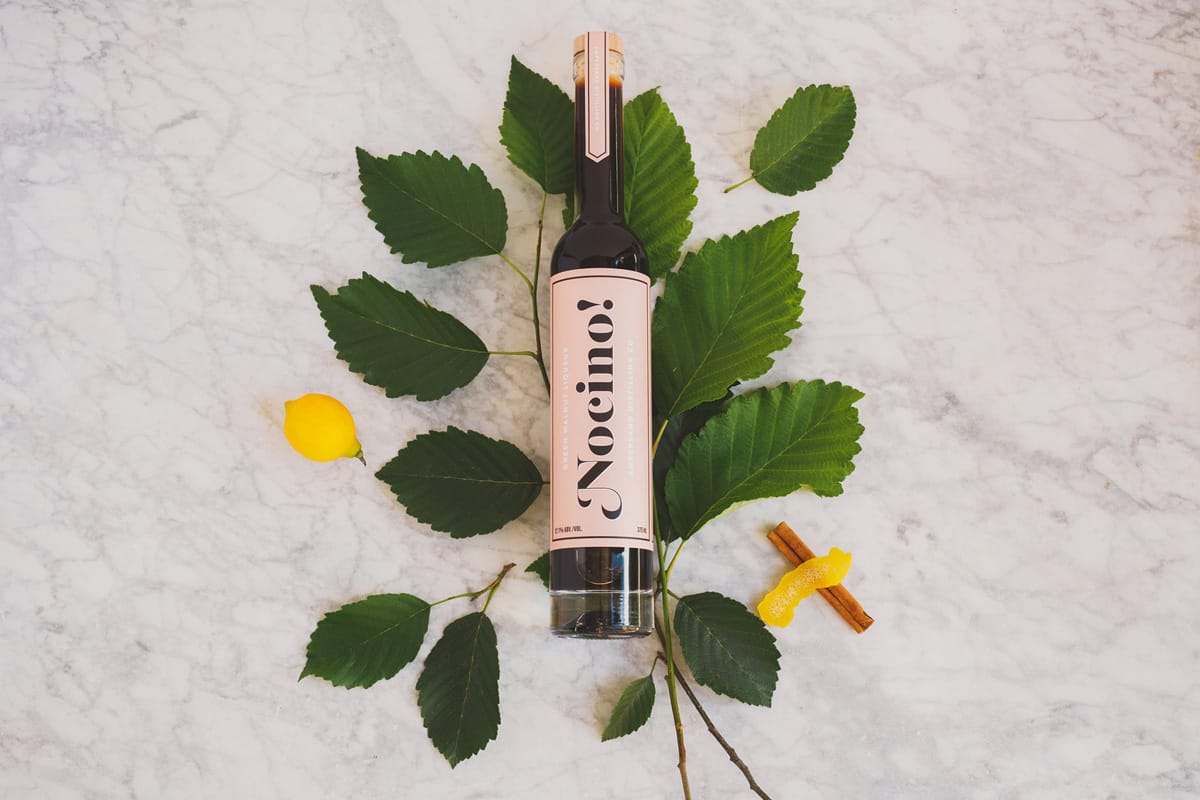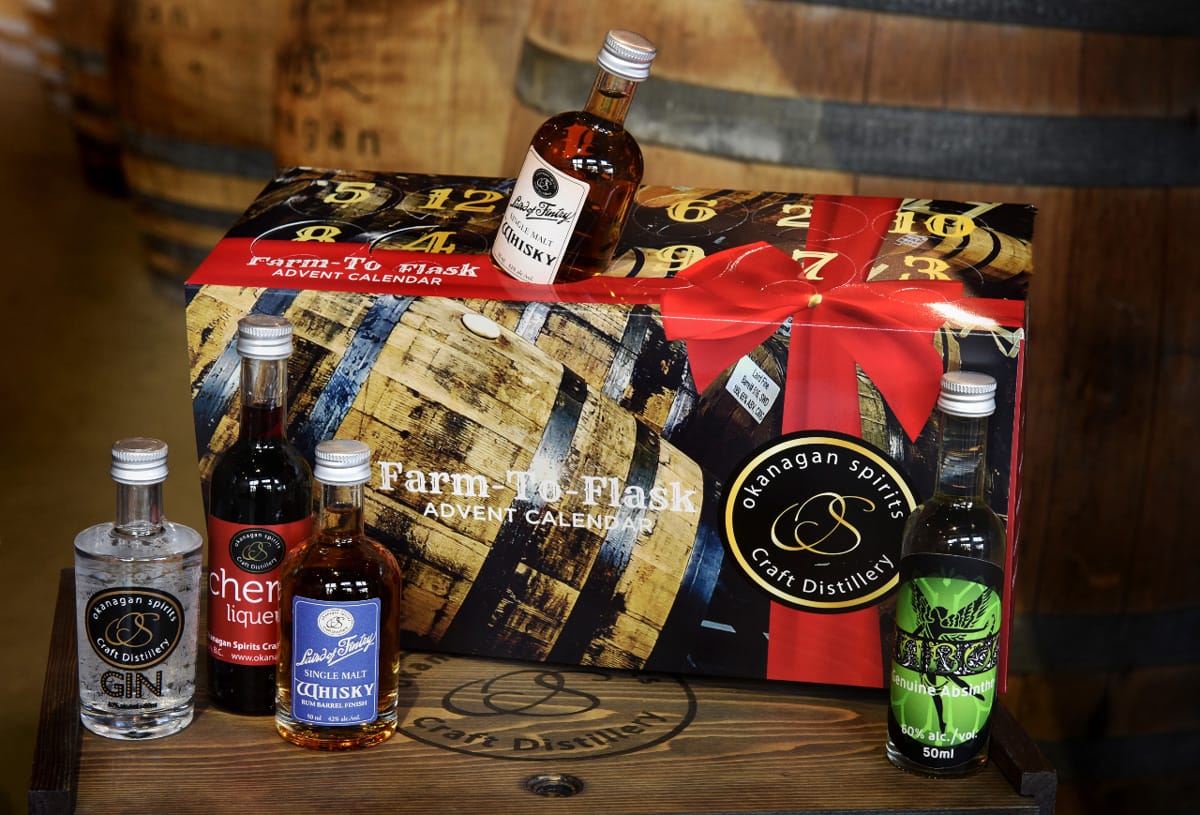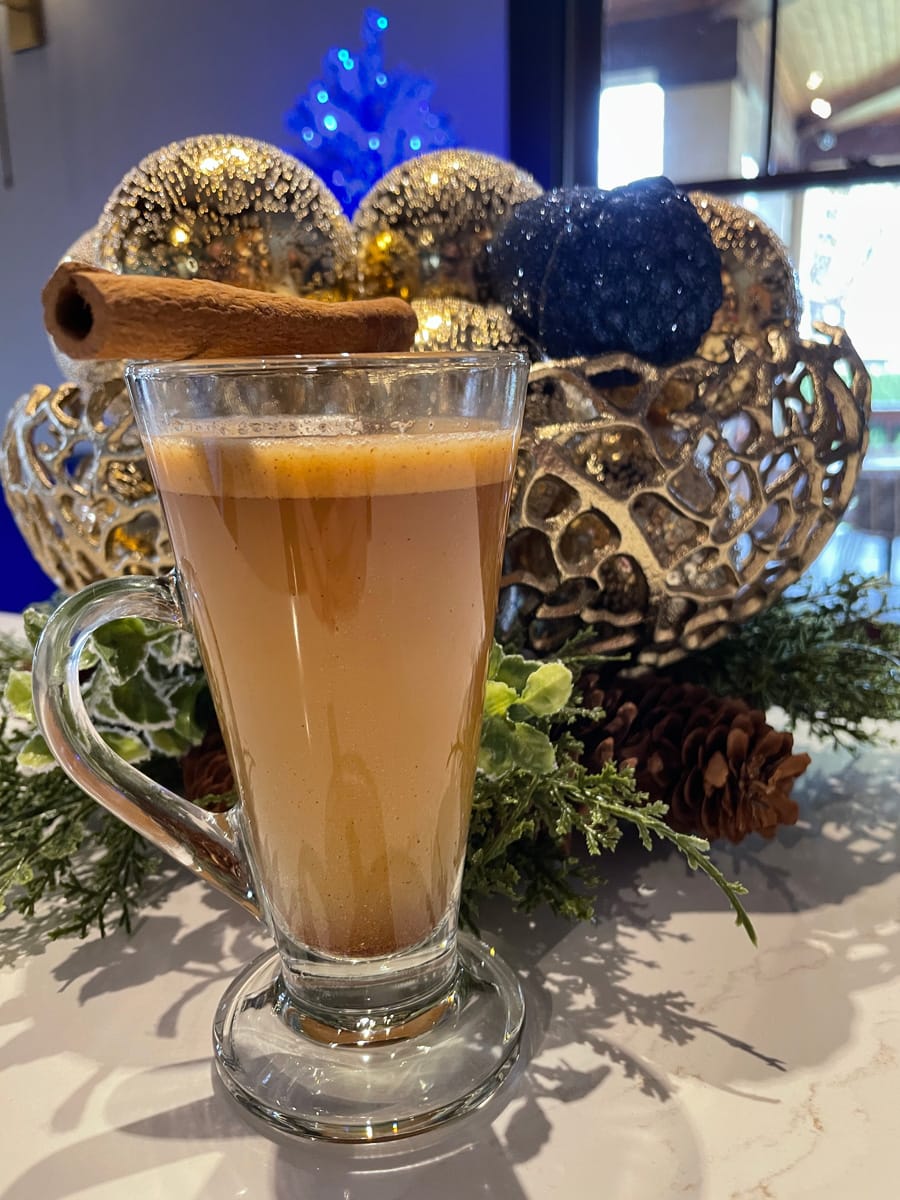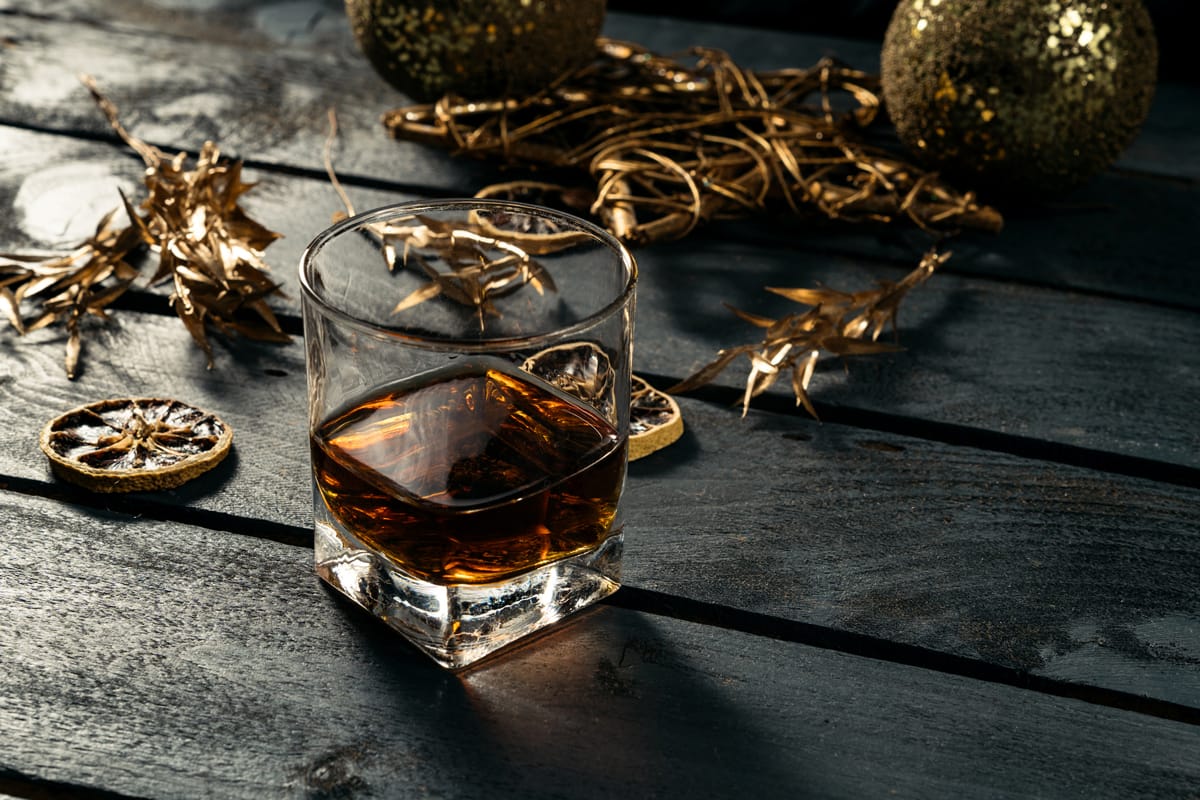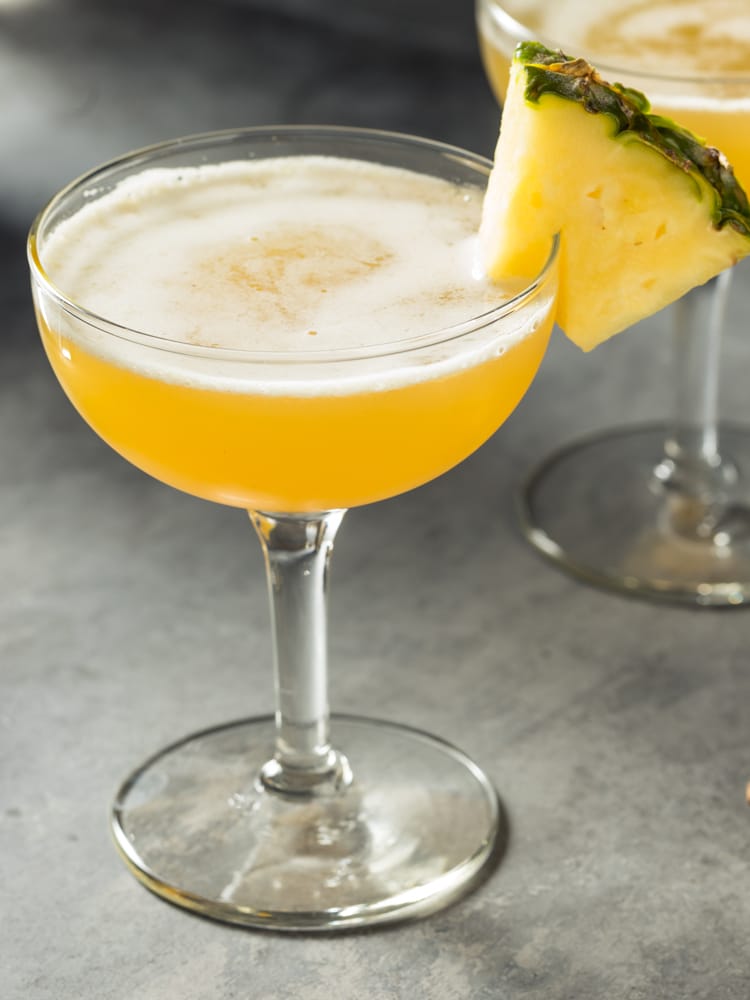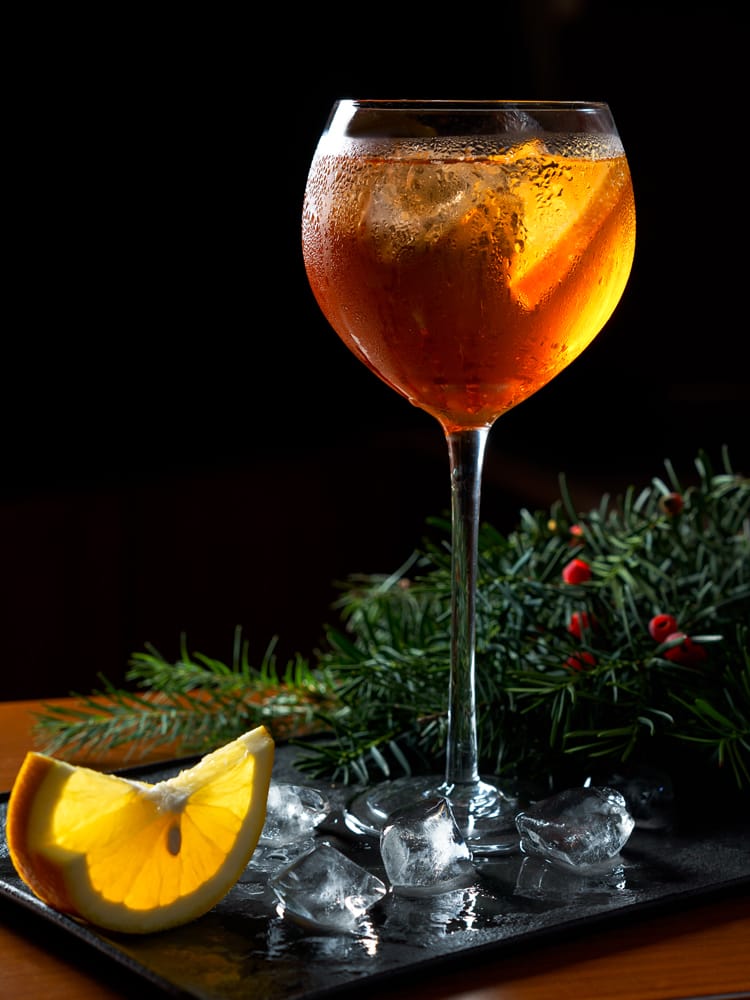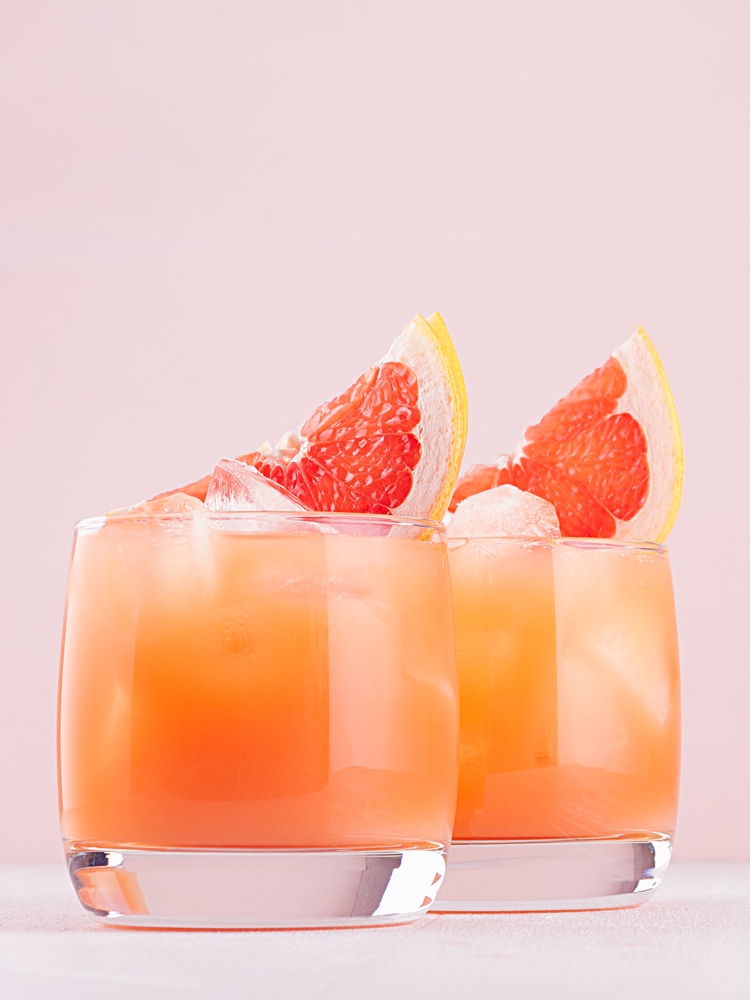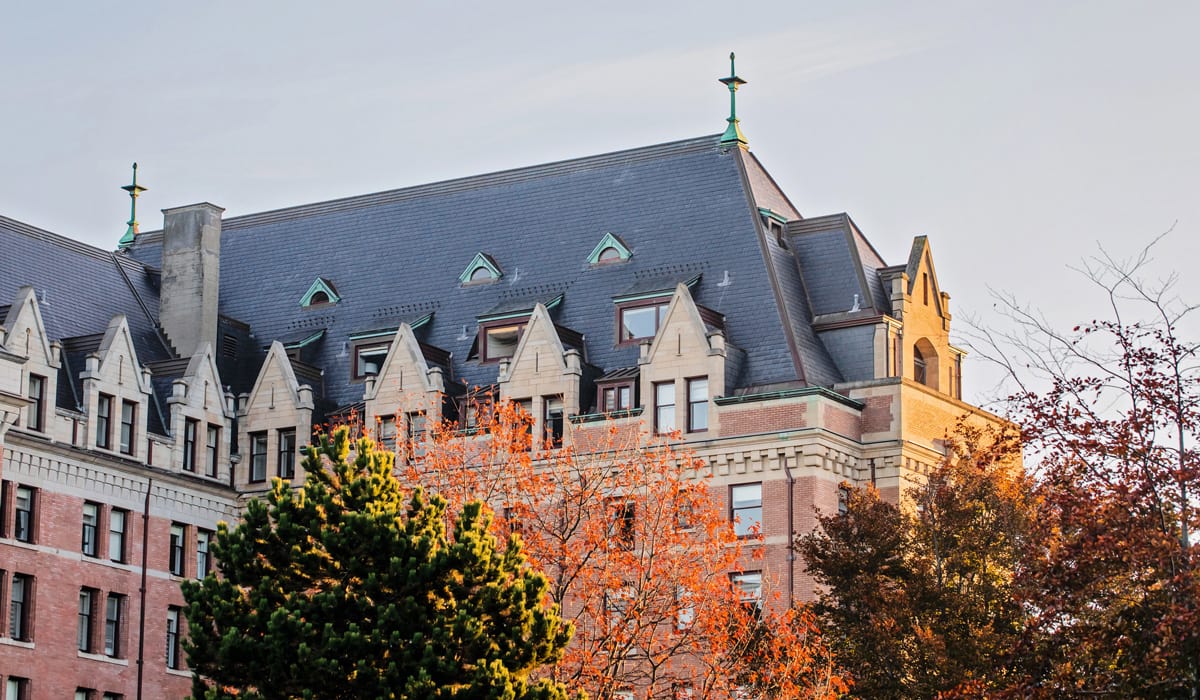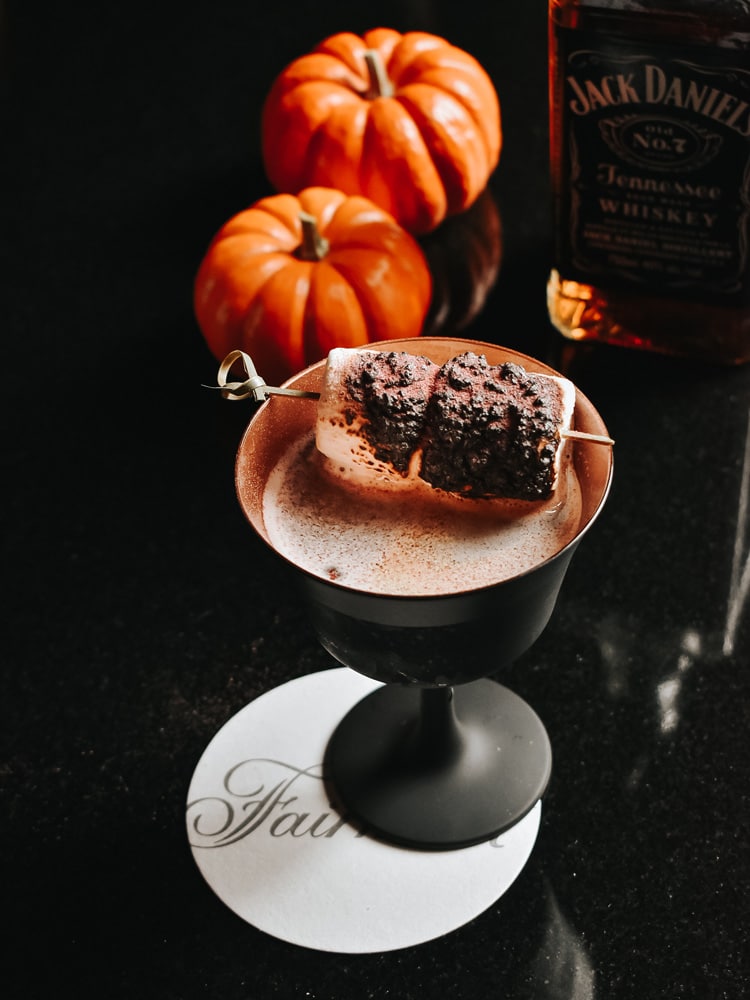Give this DIY winter warmer a West Coast twist
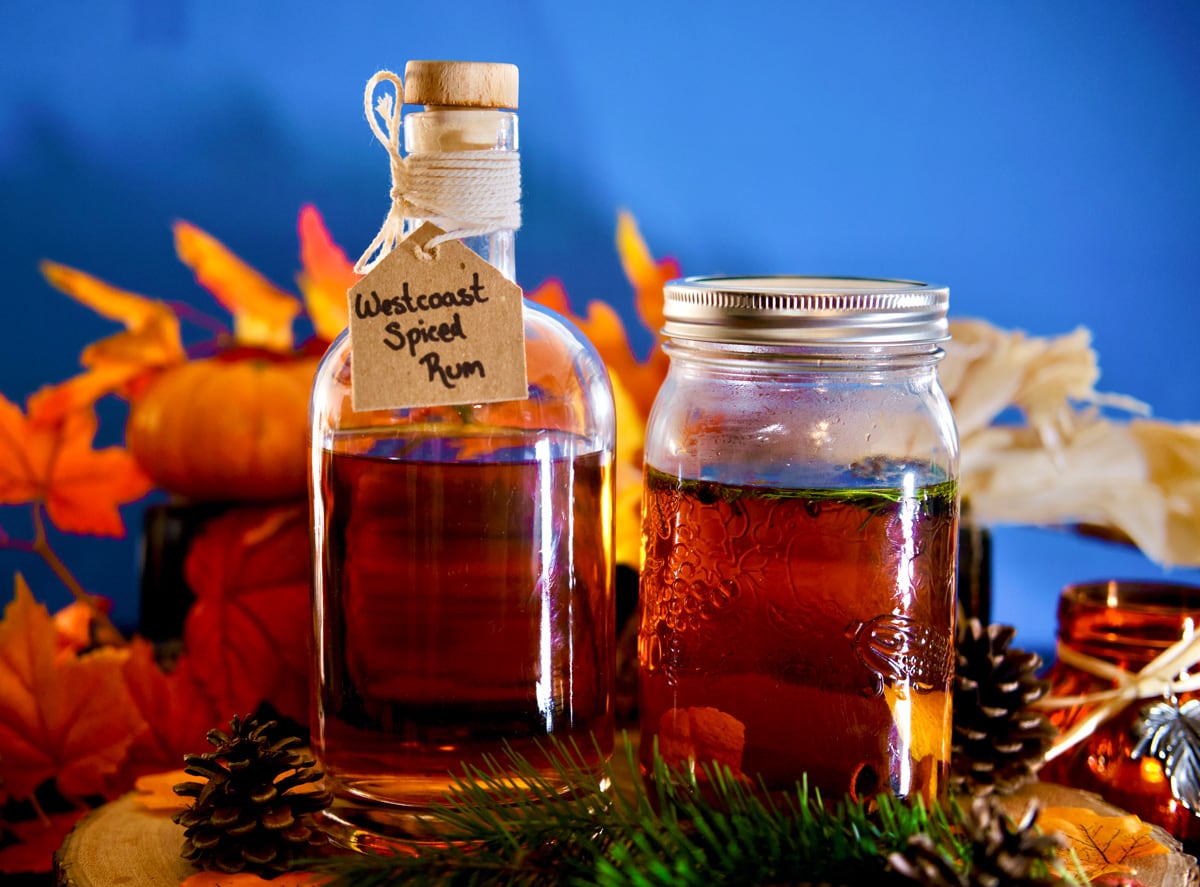
As the days get shorter and colder, we trade our Hawaiian shirts for sweaters and our light spirits for dark. Spiced rum is a wonderful way to warm up your cocktails during the autumn and winter. But what is spiced rum? In short, it’s (usually) an aged rum that’s been flavoured.
Modern versions of rum have been around since the 17th century, with accounts of “secret blend rums” in Jamaica flavoured with fruit, herbs and spices being served in Port Royal taverns. When spirits age in oak barrels, the wood commonly imparts rich flavours of vanilla and caramel, but beyond this you’ll find spice notes of allspice, nutmeg and clove, among others. Depending how the barrels are treated, you may also find toasted nut and stone fruit notes atop the woody oak blanket. “Spicing” with these components seems a natural evolution to further enhance the flavours that rum already presents us with.

